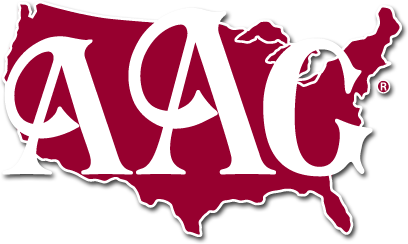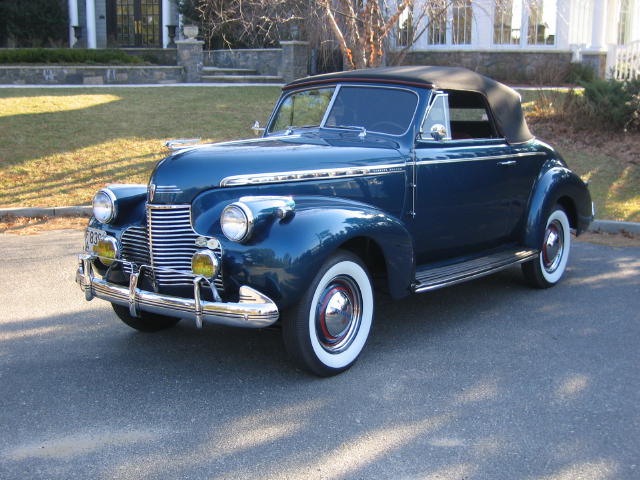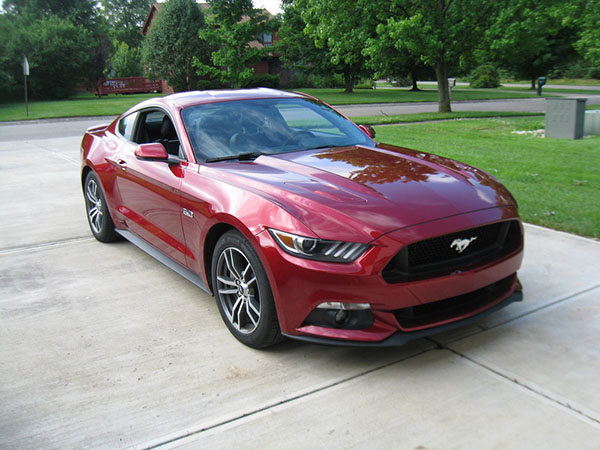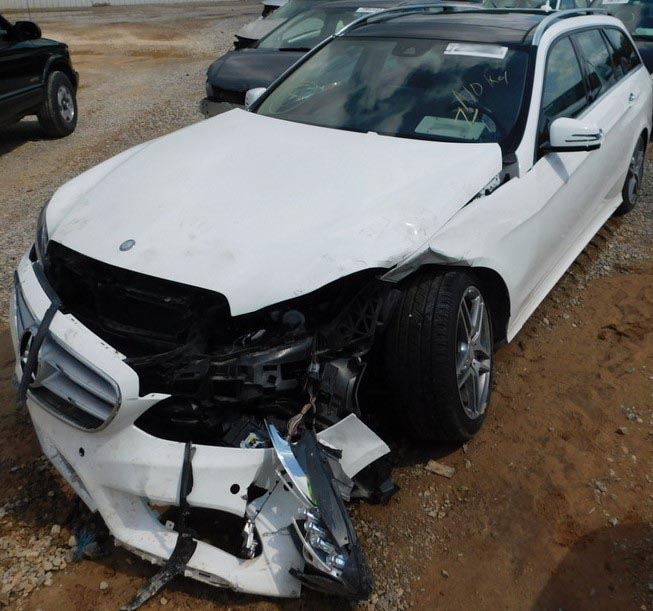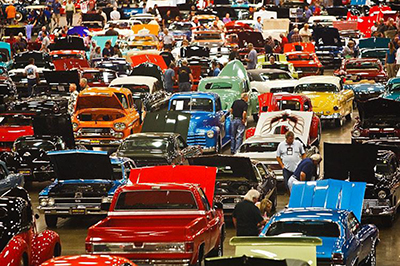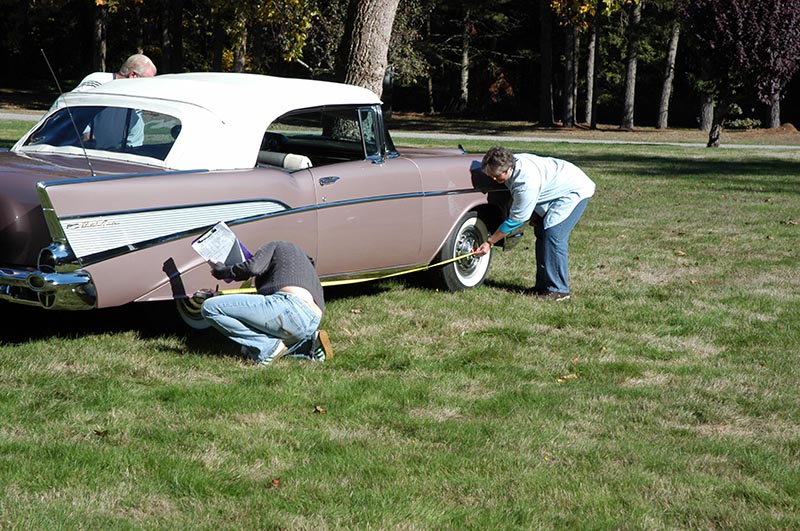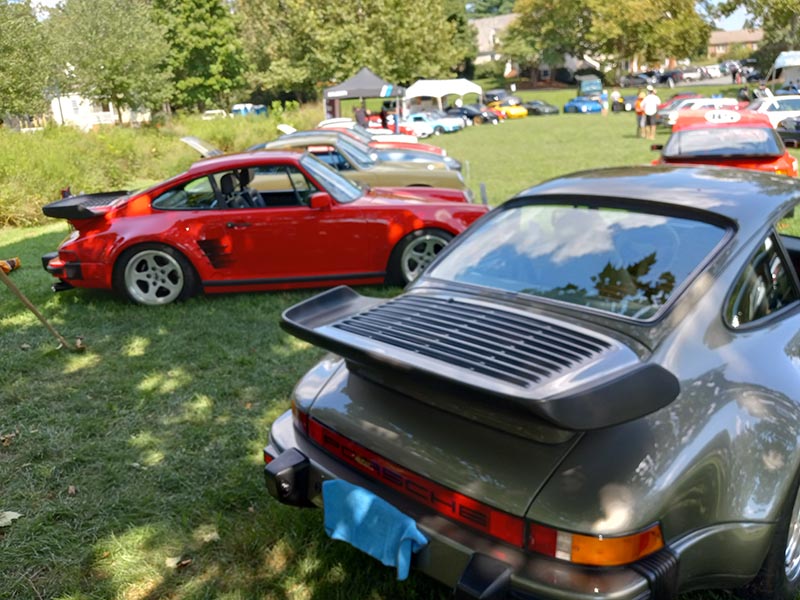
When it comes to classic cars, a gleaming paint job and polished chrome can hide one of the most destructive enemies of value: rust. While a small patch of surface rust may not seem like a dealbreaker, hidden structural corrosion can transform a dream car into a costly nightmare. Whether you’re considering your first classic car purchase or adding to a collection, understanding where to look for rust—and how to evaluate its severity—is crucial.
Key Rust Hotspots to Inspect

Classic cars, especially those several decades old, are prone to rust in predictable places. Common hotspots include rocker panels, floor pans, wheel wells, fenders, under the hood, and trunk areas.
- Rocker panels – These low-slung panels trap moisture and road debris, making them one of the first areas to corrode.
- Floor pans – Water leaks from windows or weatherstripping often pool in footwells, quietly eating away at the metal beneath the carpet.
- Wheel wells and fenders – Constant exposure to road spray, dirt, and salt makes these areas especially vulnerable.
- Trunk floor and spare tire well – A leaking trunk seal can cause unnoticed pooling and serious rust damage over time.
- Under the hood – Moisture and engine heat can cause corrosion around the firewall, battery tray, and other engine bay components.
Always check these spots with a flashlight and, if possible, a magnet. If the magnet doesn’t stick, it could indicate that filler has been used to cover rust damage.
Structural Rust vs. Surface Rust
Not all rust is created equal, and knowing the difference can save you from a bad purchase.

Surface rust is the mildest form. It usually appears as orange-brown patches on exposed metal where paint has chipped or worn away. While unattractive, surface rust only affects the outermost layer of metal. If caught early, it can often be cleaned, sanded, and sealed before it spreads. Cars stored in humid environments often develop surface rust on bolts, brackets, and suspension components—but these issues are typically more cosmetic than structural.
Structural rust is far more serious. It develops when corrosion penetrates deep into the metal, compromising the strength of critical components. This type of rust is commonly found on rocker panels, frame rails, suspension mounts, and floor supports. Structural rust can lead to weakened body rigidity, misaligned doors, unsafe handling, and, in severe cases, outright failure of load-bearing parts. Even if repairs are possible, they usually require cutting out affected metal and welding in new sections—a time-consuming and costly process.
An easy rule of thumb: surface rust affects appearance, structural rust affects safety. While a collector may live with minor surface blemishes, no one should accept compromised structural integrity. If you see bubbling paint, holes in floorboards, or flaking metal that crumbles when pressed, chances are you’re dealing with structural corrosion.
How Sellers May Try to Hide Rust
Unfortunately, not every seller is upfront about a vehicle’s condition. Some may attempt to disguise rust problems to make a quick sale. Common tactics include:
- Fresh paint jobs – A glossy exterior may look appealing, but if applied recently, it could be hiding bubbling or patched rust beneath.
- Heavy undercoating – While undercoating can be protective, an unusually thick or freshly applied layer may be an attempt to conceal corrosion.
- Use of body filler – Rust holes are sometimes patched with filler and smoothed over. A magnet that doesn’t stick to certain panels can help detect this.
- Trunk or floor mats – Covering problem areas with mats or carpeting can make rust damage less visible at a glance.
- Strategic lighting in photos – Online listings may use flattering angles or low lighting to minimize the appearance of rust spots.
Knowing these tricks can help buyers remain cautious and thorough during inspections. Getting under the vehicle with proper lighting is essential. Better yet, have a professional inspector put the car on a lift for a comprehensive look.
Rust Risks by Region
Rust doesn’t attack all cars equally. Where a car has lived plays a huge role in how much corrosion it may have endured over the years.

- Northern states – Areas with heavy snowfall often rely on road salt and chemical de-icers, which accelerate rust dramatically. Cars from states like Michigan, Ohio, and New York are notorious for corrosion issues.
- Coastal states – Salt air and high humidity in states like Florida, Texas, and the Carolinas create a constant risk for rust, even if the car was rarely driven in winter conditions.
- Midwestern states – With their mix of humid summers and snowy winters, states like Illinois, Wisconsin, and Minnesota expose classics to both moisture and road salt—two major rust accelerators.
- Mountain states – Regions such as Colorado and Utah may use magnesium chloride on roads, which is even more corrosive than standard road salt.
- Southern dry states – States like Arizona, Nevada, and New Mexico tend to be easier on metal. This is why “Southwestern cars” or “California cars” are highly sought after—they often have significantly less rust than vehicles from harsher climates.
Understanding the regional history of a car gives you important context. A seemingly pristine vehicle may look clean on the surface, but if it spent its early years in the Rust Belt, it deserves extra scrutiny.
The Long-Term Cost of Rust Repair
Rust repair is one of the most expensive aspects of classic car ownership. Minor cosmetic repairs may be manageable, but structural rust repair often involves cutting out and replacing entire panels or frame sections. What looks like a small bubble of rust today could turn into thousands of dollars in welding, bodywork, and repainting tomorrow. Ignoring rust during purchase can quickly erase the value of your investment.
Buyer’s Rust Inspection Checklist
When evaluating a classic car, keep this quick checklist in mind:
- Check rocker panels, floor pans, wheel wells, trunk wells, and under the hood for visible rust.
- Use a flashlight and a magnet to detect hidden filler or patchwork.
- Inspect undercarriage for uneven texture, bubbling paint, or suspicious undercoating.
- Ask for photos of the car’s underbody, especially if buying remotely.
- Review the vehicle’s history—cars from snowy or coastal states need closer inspection.
- Look under mats, carpeting, and trunk liners for signs of moisture or rust.
- Don’t be fooled by fresh paint—always ask when it was applied and why.
This checklist is not a replacement for a professional inspection, but it can help you spot early warning signs.
What AAG Can Do for You
Rust is sneaky, and even the most careful buyer can miss critical signs. That’s why a Classic Car Pre-Purchase Inspection from an experienced professional is the best safeguard. At Auto Appraisal Group (AAG), our inspectors know exactly where to look and how to differentiate between harmless surface rust and dangerous structural corrosion. We provide a detailed report so you can buy with confidence—or walk away from a money pit.
Rust may be the silent value killer of classic cars, but with the right knowledge—and the right inspection—you can protect your passion and your wallet. Before you commit to that beautiful “rust-free” classic, let AAG’s experts confirm it truly lives up to the promise.

With AAG by your side, you’ll have the confidence to:
- Identify hidden issues before committing to a purchase.
- Understand whether rust is a minor repair or a major red flag.
- Negotiate fairly with accurate, professional documentation.
- Protect your investment by avoiding cars with unsafe or costly hidden damage.
With the right inspection partner, buying a classic car can be a rewarding experience instead of a risky gamble.
Let AAG help you separate the gems from the money pits.
📞 Contact us today to schedule a professional Pre-Purchase Inspection:
👉 Explore AAG’s Pre-Purchase Inspection Services
We look forward to helping you buy with confidence and enjoy your classic for years to come.
FAQs
Q: How much rust is too much when buying a classic car?
A: Light surface rust is usually manageable. Structural rust, especially on frame rails or suspension mounts, is a serious concern and often not worth the investment unless you’re prepared for major repairs.
Q: Can a car truly be “rust-free”?
A: In very dry climates, rust is less likely. However, most classic cars will have at least some minor rust or prior repair. The key is knowing whether it’s cosmetic or structural.
Q: What’s the best way to check for hidden rust?
A: A magnet and flashlight are useful tools, but a paint meter is the most reliable way to detect filler or uneven paint thickness. That’s why AAG’s Pre-Purchase Inspections include professional paint meter readings to provide an accurate assessment of the vehicle’s condition.
Q: Why is undercoating suspicious?
A: While undercoating can protect metal, sellers sometimes apply it just before listing a vehicle to hide rust. Always check for fresh application or bubbling below the paint.
Q: Should I walk away if rust is found?
A: Not always. Minor rust can be factored into negotiations. But if structural rust is found, it often makes sense to keep looking. Getting a professional inspection can help you decide whether the vehicle is worth the investment (or help avoid disaster).
